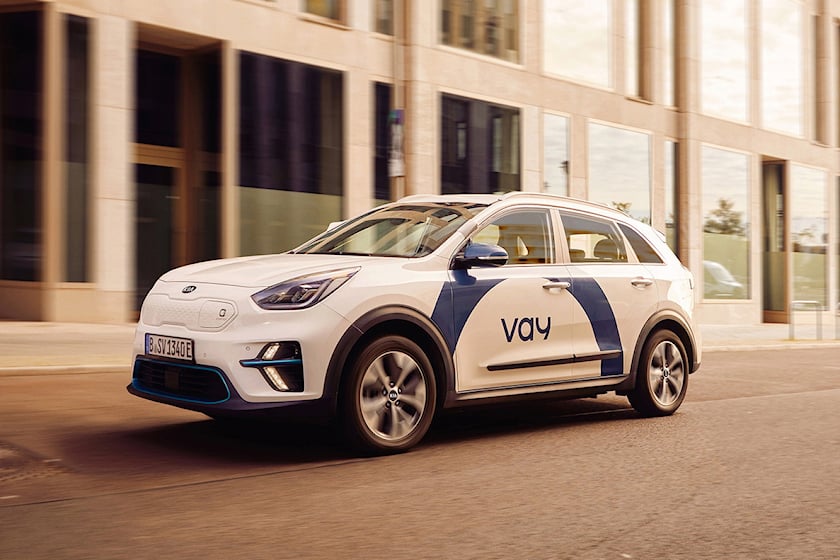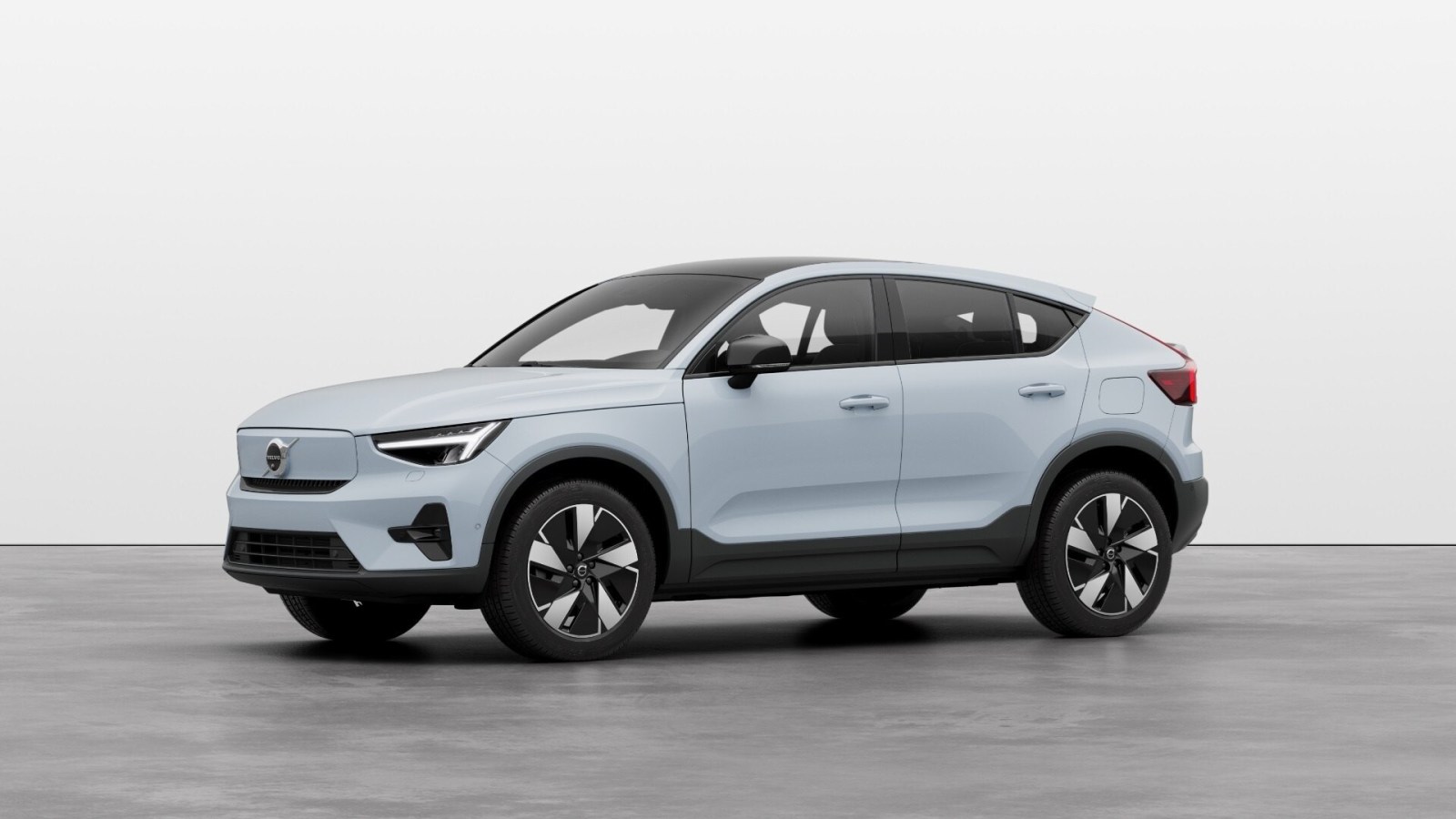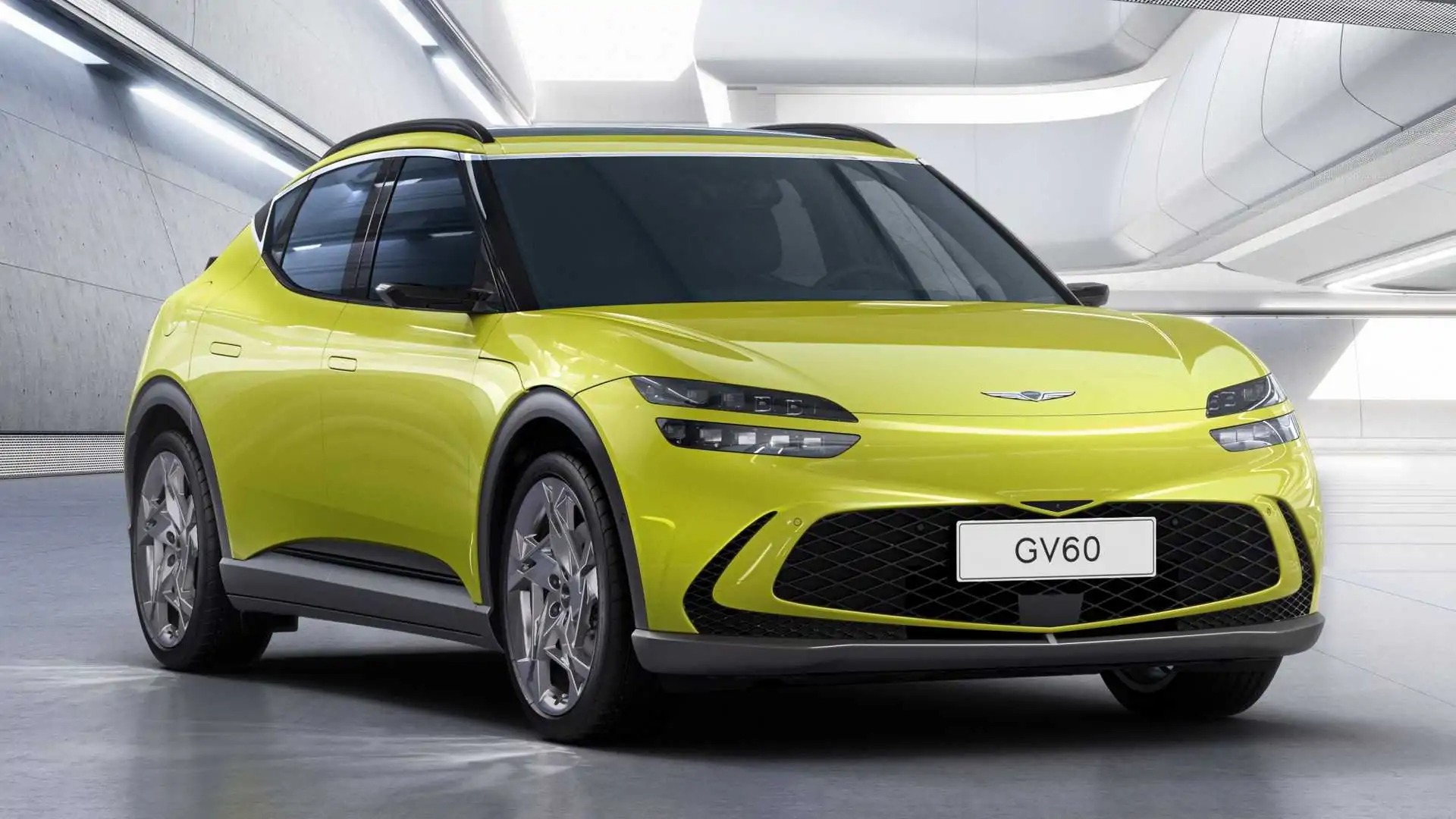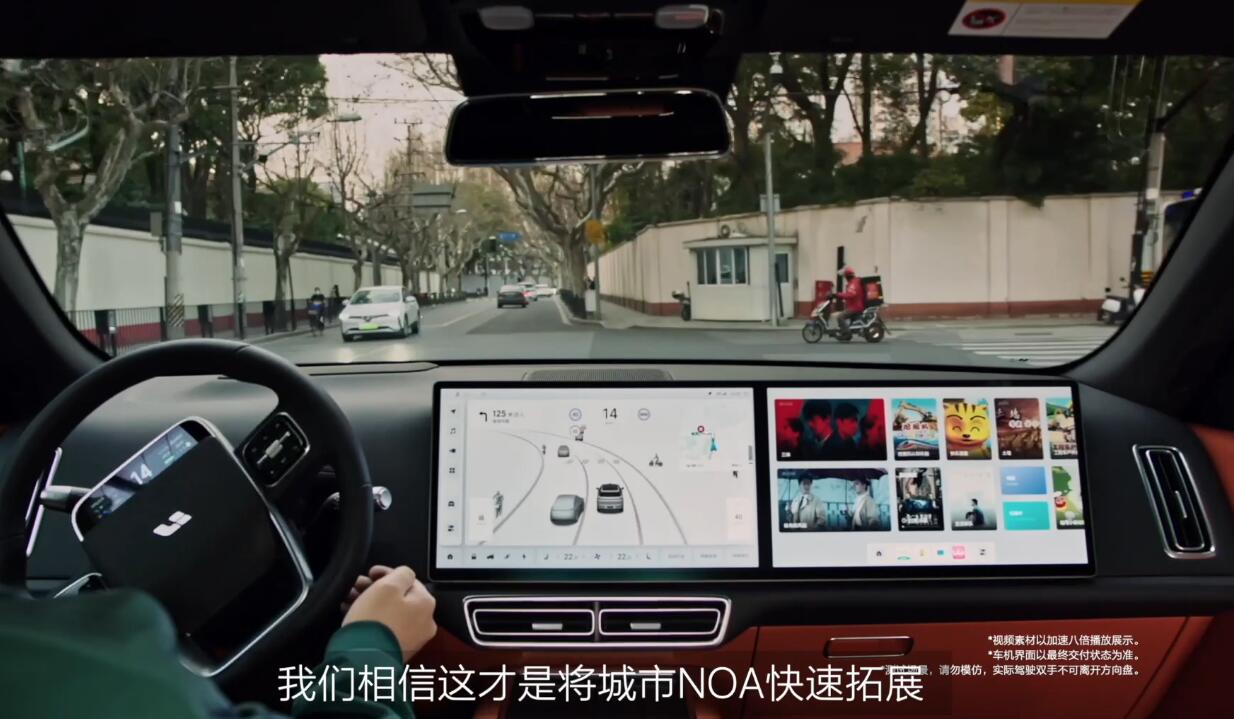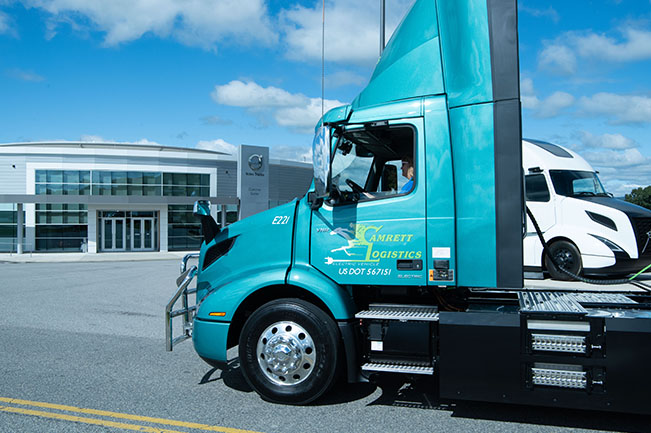German automotive startup Vay has made history by launching the first “teledriven” vehicles on public roads in Europe. Instead of having a driver physically present in the vehicle, the remote pilot sits in a steering station located several miles away and controls the vehicle through cameras and microphones. The technology received an endorsement from German safety agency TUV SUD, who evaluated its compliance with ISO 26262 and ISO/SAE 21434 standards.
Vay was granted an exemption permit in December 2022, allowing it to forego the previous requirement of having a safety driver behind the wheel as a failsafe in the event of a remote control failure. With this new technology, Vay opens up the possibility not only for autonomous vehicles in the future, but also driverless ride-sharing services.
See also: Uber CEO Reveals Plan to Develop Ride-Sharing Specific Vehicles with Car Manufacturers
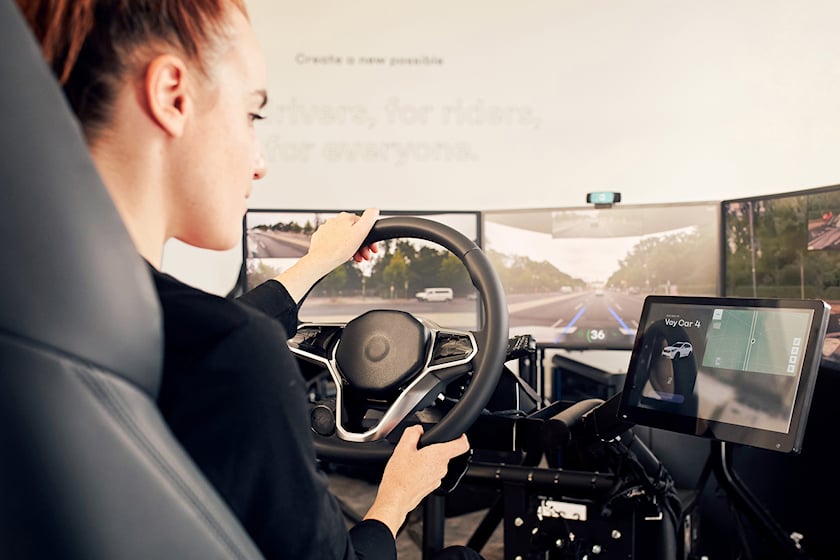
“This is a huge success for the entire team, but also for Hamburg and Europe,” states CEO and co-founder Thomas von der Ohe. “In the context of legally enabling new technologies, this is a significant step and Germany is making leaps in taking the global lead in teledriving technology.”
Vay users can order door-to-door transport through a mobile app, with an electric car like the Kia Niro EV arriving at their doorstep. They then get into the driver’s seat and drive to their destination, without having to worry about finding parking. The remote pilot at Vay’s teledrive station takes over control of the vehicle and guides it to its final destination.
At the teledrive station, the remote pilot operates a steering wheel and pedal rig that meets automotive industry standards. They receive information from cameras and microphones in and around the vehicle, as well as traffic information, to make informed decisions while driving.
See also: Electric vehicles sell more than diesel for the first time in Europe
This innovative approach to ride-sharing eliminates the need for finding a nearby parked car and allows fewer vehicles to transport more people, reducing mobility costs and increasing road safety. Company executives are confident that the technology will be ready for mass rollout in just a few months.
While it may take a while for this technology to arrive in the US, due to the legislative challenges that companies would face, it could offer a short-term solution for autonomous driving while technological advancements are made. In 2021, Ford partnered with Lyft through the Argo AI development for autonomous ride-sharing vehicles, but that project has since been discontinued.

